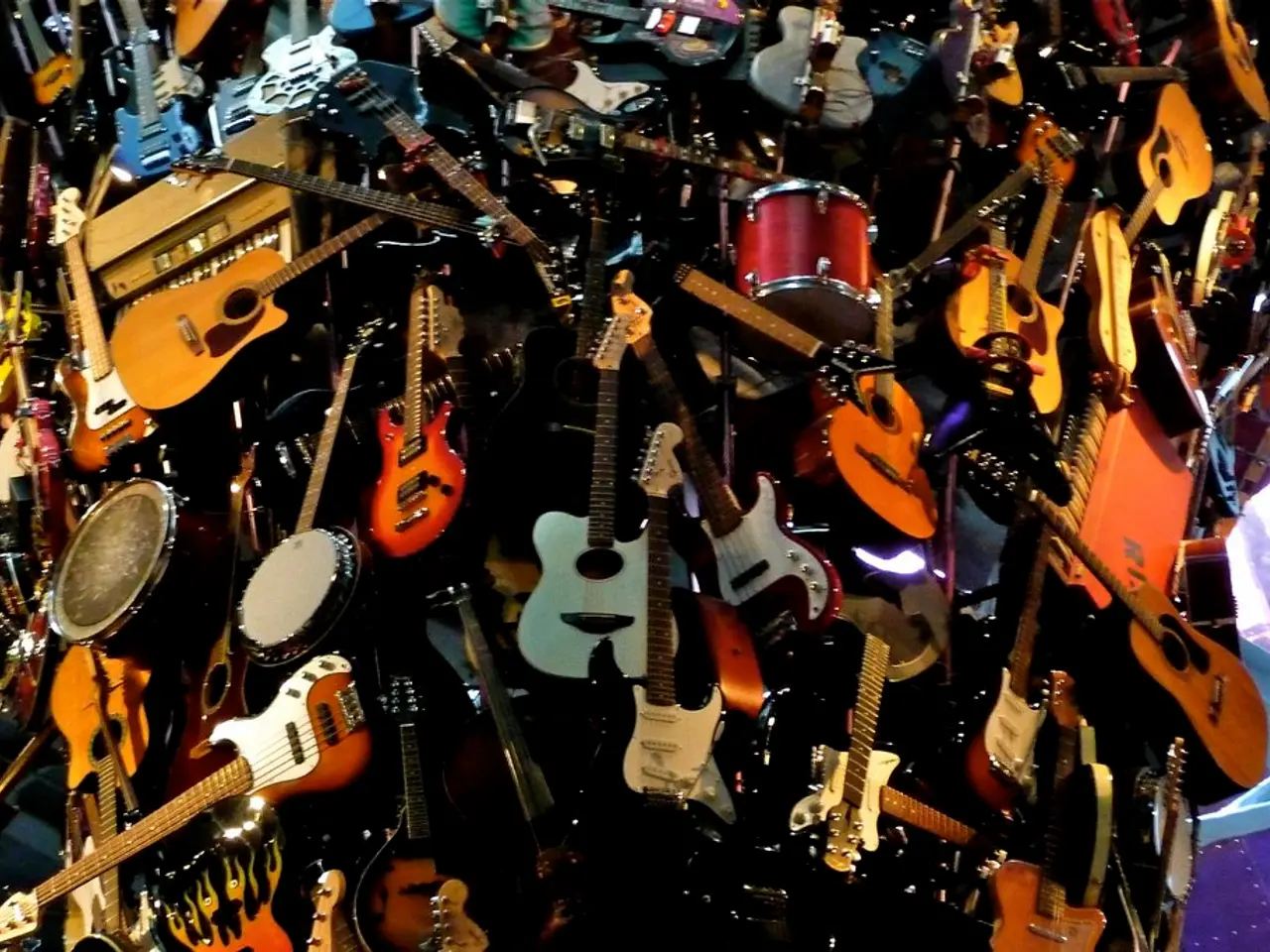Chromatic Scale Drives Popular Music's Evolution
The chromatic scale, a fundamental musical building block, is making waves in popular music. Comprising all twelve notes of the musical alphabet, it's used to build tension and add interest to melodies. Let's explore its role and influence.
The chromatic scale, simply put, is all twelve notes arranged in a stepwise pattern. It's the easiest scale to build, covering both white and black keys on a keyboard. Each degree of the scale is separated by a half-step interval.
In contrast to diatonic scales, which follow the pattern of tones and semitones in a major or minor key, chromatic scales offer a different character. They can situate your music in a key and determine the notes and chords used in your song.
In popular music, the chromatic scale is often used as a device to build tension and release. It can add interest to linear melodies and progressions, and create chromatic passing tones and chords. Examples include The Beatles' 'Blackbird', Nikolai Rimsky-Korsakov's 'Flight of the Bumblebee', and Radiohead's 'How to Disappear Completely'.
Historically, the Italian violin virtuoso Alessandro Rolla is known for introducing technical innovations like the chromatic scale, which were later popularized by Paganini.
The chromatic scale, with its unique character and versatility, is a powerful tool in music theory and composition. From building tension in popular music to its historical significance, it continues to influence and inspire musicians today.




